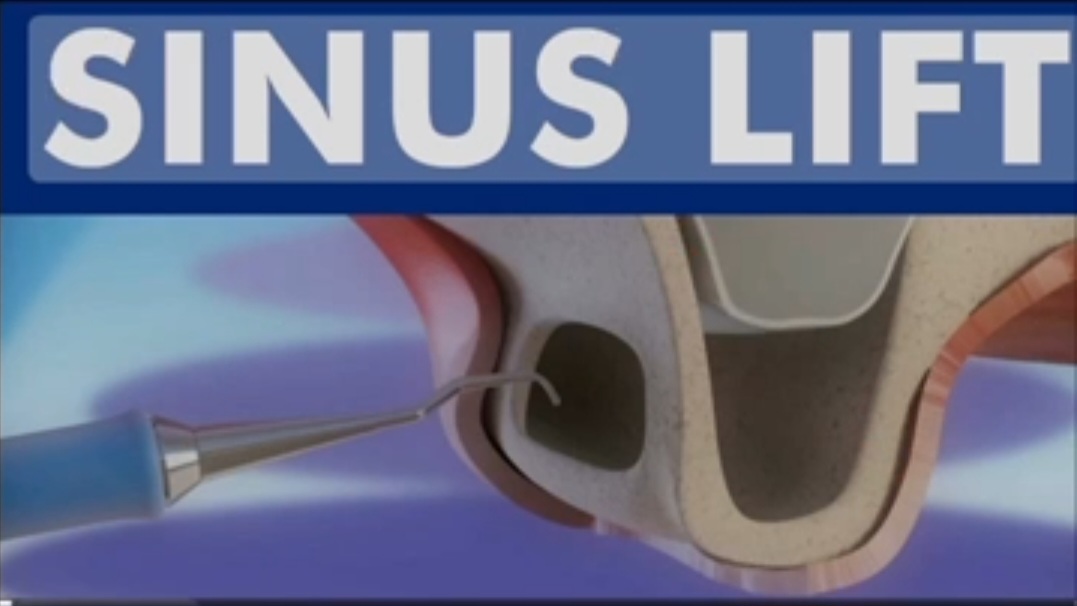
When it comes to replacing missing teeth in the posterior maxilla (upper jaw at the back of the mouth), dental implants are an effective and long-lasting solution. However, in some cases, the bone in the posterior maxilla may not be sufficient to support dental implants. This is often due to the loss of teeth and the resulting bone resorption that occurs over time. In such cases, a lateral wall sinus lift may be necessary to increase the amount of bone available for implant placement.
A lateral wall sinus lift is a surgical procedure that involves adding bone to the maxillary sinus, which is a hollow cavity located above the upper teeth in the posterior maxilla. The procedure is called a lateral wall sinus lift because bone is added to the lateral (side) wall of the sinus. This is typically done through a small incision in the gum tissue near the area of the missing tooth/teeth.
The lateral wall sinus lift procedure is performed under local anesthesia and often takes less than an hour to complete. During the procedure, the periodontist will gently lift the sinus membrane, which lines the inside of the sinus cavity. Bone graft material is then placed into the space created between the sinus membrane and the existing bone in the lateral wall of the sinus. This new bone material will eventually fuse with the existing bone to create a solid foundation for the dental implant.
After the lateral wall sinus lift procedure is complete, it may take several months for the new bone to fully integrate with the existing bone. Unless there is sufficient native bone that will allow the periodontist to combine the sinus lift and the implant placement procedure. During healing, the patient may need to avoid certain foods and activities to allow for proper healing. The periodontist will provide specific instructions on post-operative care and follow-up appointments.
Once the new bone has fully integrated with the existing bone, the dental implant can be placed. This typically involves making a small incision in the gum tissue, drilling a small hole in the jawbone, and inserting the implant. After the implant is placed, a healing period of several months is necessary to allow the implant to fuse with the bone. Once this process is complete, the implant can be restored with a crown, bridge, or denture, depending on the specific needs of the patient.
In conclusion, a lateral wall sinus lift is a common and effective procedure that can help patients with inadequate bone in the posterior maxilla to receive dental implants. Fixed dental implants with tooth restorations, are a more natural feeling and functional alternative to a large removable appliance like a partial. While the procedure may seem daunting, it is generally well-tolerated and can greatly improve the success rate of dental implant placement. Patients who are considering dental implants in the posterior maxilla should speak with their periodontist to determine if a lateral wall sinus lift is necessary for their specific case
Talk to US About an Appointment